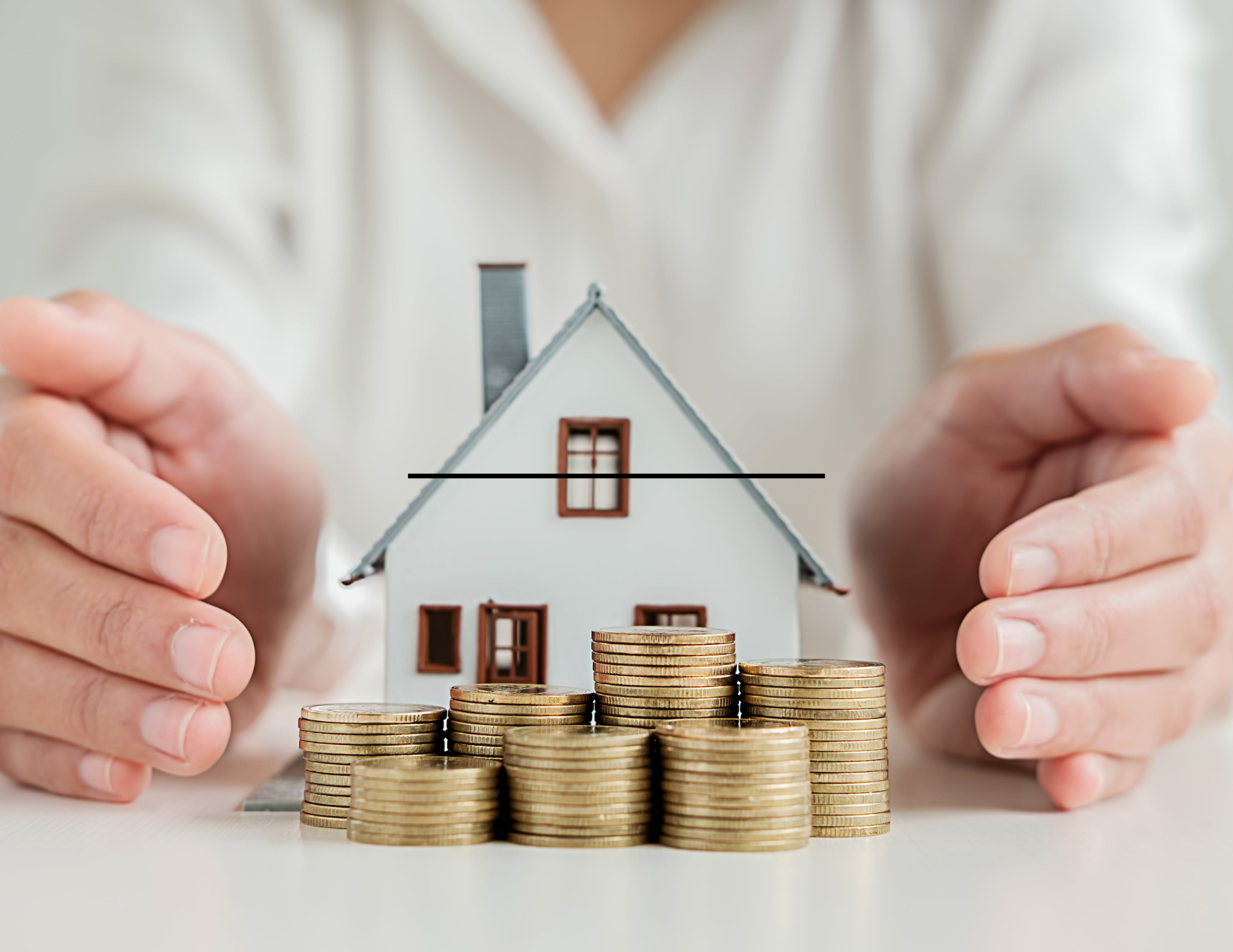In a hot real estate market, soaring home prices and the high cost of retirement communities can make it hard for many seniors to cash in. With a reverse mortgage, older homeowners can borrow against the equity in their home to receive tax-free income, while continuing to live in their home.
A reverse mortgage is an excellent option for senior homeowners looking to access much-needed cash. Here’s what a reverse mortgage is, how it works, and how it can benefit older homeowners looking to take advantage of their most valuable asset, their home equity.
What is a reverse mortgage?
A reverse mortgage is a type of loan available to homeowners ages 62 and older who have considerable equity in their homes. With a reverse mortgage, qualified homeowners can convert their home equity into tax-free income.
Unlike a regular mortgage in which the homeowner makes monthly mortgage payments to the lender, with a reverse mortgage, the lender pays the homeowner, and the borrower isn’t required to make any loan payments.
Also unlike a traditional mortgage, there are no income or credit score requirements to qualify. The homeowner’s responsibilities include staying current on property taxes and homeowners insurance, occupying the home as their primary residence, and keeping the home in good condition.
According to the National Reverse Mortgage Lenders Association, homeowners ages 62 and older held a record-breaking $11.58 trillion in home equity in the second quarter (Q2) of 2022. However, home equity is only usable wealth if you sell and downsize or borrow against that equity.
That’s where reverse mortgages come into play, especially for seniors looking for additional income during their retirement years. It can also benefit those who need help meeting medical expenses, paying for in-home care, making home improvements, or hedging against market risks, such as inflation and real estate market volatility.
How does a reverse mortgage work?
With a reverse mortgage, instead of the homeowner making payments to the lender, the lender makes payments to the homeowner. While they don’t have a monthly mortgage payment, the borrower will continue to live in and retain title and ownership of the property.
The homeowner can receive the funds as a lump sum, fixed monthly payment, or line of credit, and only pays interest on the funds received. Since the homeowner isn’t required to make any loan payments, the loan balance becomes due and payable when the borrower dies, moves out permanently, or sells the home.
When the homeowner moves or passes on, the homeowner’s heirs are responsible for paying off the loan, or the property can be sold to repay the lender. The proceeds from the home’s sale go to the lender to repay the reverse mortgage’s principal, interest, mortgage insurance, and fees. Any sale proceeds beyond what was borrowed go to the homeowner (if still living) or the homeowner’s estate.
Reverse mortgage proceeds are non-taxable, meaning it won’t affect the borrower’s Social Security or Medicare benefits because the Internal Revenue Service (IRS) considers reverse mortgage payments to be loan proceeds, not income.
the bottom line
A reverse mortgage can be a valuable financial tool for senior homeowners looking for a source of emergency funds or income diversification. If you aren’t eligible for a reverse mortgage, there are alternative loan options to consider, including a HELOC or a cash-out refinance, though these have credit score and income requirements to qualify.
If you do qualify and are considering a reverse mortgage, be sure to fully understand how the loan program works and what it means for you and your family before borrowing.
Use our free mortgage and amortization calculators to determine your monthly payment, including mortgage insurance, taxes, interest, and more.
No SSN required. Zero impact to credit. Your Information is never sold.



